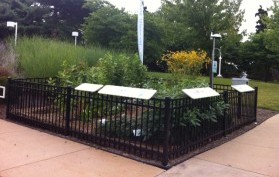Over the last several weeks, the St. Louis area has seen its share of scorching temperatures and poor air quality. And as we head into what is traditionally the hottest part of summer, air quality conditions will have the potential to creep into the orange and red range. Have you ever wondered why scorching, hot days are often synonymous with poor air quality?
On summer days, heat and sunlight react with hydrocarbons and nitrogen oxides emitted by automobiles and other sources, which mix to form a ground-level layer of ozone, also known as smog. High amounts of ground-level ozone result in the orange and red air quality days that can pose health risks for all of us, especially children, the elderly and those with respiratory concerns.
When inhaled, even at very low levels, ozone can cause acute respiratory problems, aggravate asthma, result in a 14-20 percent decrease in lung capacity for healthy adults, cause inflammation of lung tissue, lead to increased hospital admissions and emergency room visits and impair the body’s immune system defenses, making more people susceptible to respiratory illnesses such as bronchitis and pneumonia.
The good news is that there are many simple steps we can all take to help reduce the emissions that lead to ozone formation and poor air quality. Since transportation choices have the most profound effect on air quality, efforts to carpool, vanpool, use the bus and MetroLink, telecommute or use flextime, and walk or bike more can go a long way toward improving air quality. Those that drive alone are encouraged to combine errands into a single trip, plan their route in advance to avoid idling in traffic tie-ups and construction zones and refrain from other forms of unnecessary idling.
- Other emissions-reducing steps individuals can take on poor air quality days include:
- Refueling gas tanks after dusk and not topping off the tank.
- Avoiding the use of gas-powered lawn mowers and garden equipment, if possible, or mowing before 10 a.m. or after 7 p.m. to avoid peak ozone formation hours.
- Using a gas grill instead of a charcoal when barbecuing.
Throughout the summer, area residents can view the daily air quality forecast on our homepage. Visitors can also sign up there to receive the daily forecast via email. The forecast and a wealth of air quality tips and information can also be found on our Facebook page and on Twitter @gatewaycleanair.

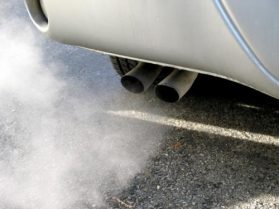 How often do you find yourself idling your car in drive-thrus, parking lots or right outside your child’s school? It’s probably a lot more than you care to admit, especially given how bad all of that unnecessary idling is for our air.
How often do you find yourself idling your car in drive-thrus, parking lots or right outside your child’s school? It’s probably a lot more than you care to admit, especially given how bad all of that unnecessary idling is for our air.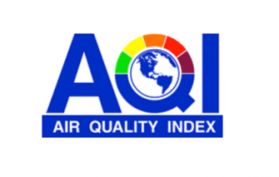
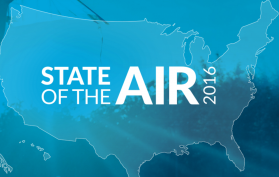 The American Lung Association’s
The American Lung Association’s 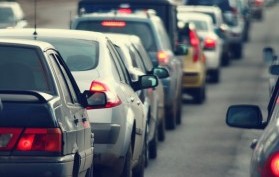 according to the U.S. Environmental Protection Agency (EPA). Although you may not be able to see it, your car’s tailpipe pumps out pollutants such as carbon monoxide, hydrocarbons and oxides of nitrogen.
according to the U.S. Environmental Protection Agency (EPA). Although you may not be able to see it, your car’s tailpipe pumps out pollutants such as carbon monoxide, hydrocarbons and oxides of nitrogen. grown to 90,000. With extensive coverage every month, The Healthy Planet includes sections like “Green & Growing,” “Kids’ Planet” and “Fresh Fare” to educate readers about organic and sustainable gardens, children’s activities that highlight green living and sustainable ways to eat healthy. Other special sections such as the Summer Camp Guide, the Holiday Green Shopping Guide and the Growers & Market Guide connect readers to resources that will help them to maintain a healthy and eco-friendly lifestyle.
grown to 90,000. With extensive coverage every month, The Healthy Planet includes sections like “Green & Growing,” “Kids’ Planet” and “Fresh Fare” to educate readers about organic and sustainable gardens, children’s activities that highlight green living and sustainable ways to eat healthy. Other special sections such as the Summer Camp Guide, the Holiday Green Shopping Guide and the Growers & Market Guide connect readers to resources that will help them to maintain a healthy and eco-friendly lifestyle. Carpooling saves miles and wear on your car, and gives you someone to talk to during those long daily commutes. RideFinders can match you up with a list of potential carpoolers that both live and work near you.
Carpooling saves miles and wear on your car, and gives you someone to talk to during those long daily commutes. RideFinders can match you up with a list of potential carpoolers that both live and work near you.